
Continuing our NATO Exercise TRIDENT JUNCTURE 2018 (TRJE18) coverage we are now focussing on the Spanish PIZARRO IFVs supporting the Italian Brigade, writes Bob Morrison.
The bulk of the IFVs, or Infantry Fighting Vehicles, which the previously covered LEOPARD 2E or LEOPARDO Main Battle Tanks were supporting as part of the Spanish Tactical Mechanised Group (TMG) were the PIZARRO version of the Austro-Spanish ASCOD and were drawn primarily from Battalion II/2nd ‘Lepanto’ of the 10th Brigade ‘Guzmán el Bueno’. Like the tank formation, the Spanish infantry deployed to Norway was part of the 10th ‘Córdoba’ Armoured Regiment and also home-based in the town of Cerro Muriano to the north of Córdoba.
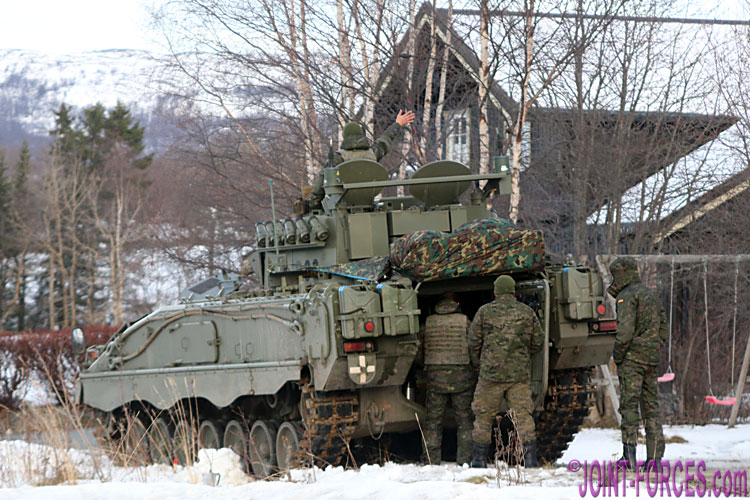
It is believed there are 21 PIZARRO Command Vehicles in service – note antennae frame at turret rear [©BM]
If all goes to plan, the next article in this series will focus on the Spanish VAMTAC and SANTANA 4×4 utility vehicles spotted on TRJE18.
{ images © Bob Morrison }
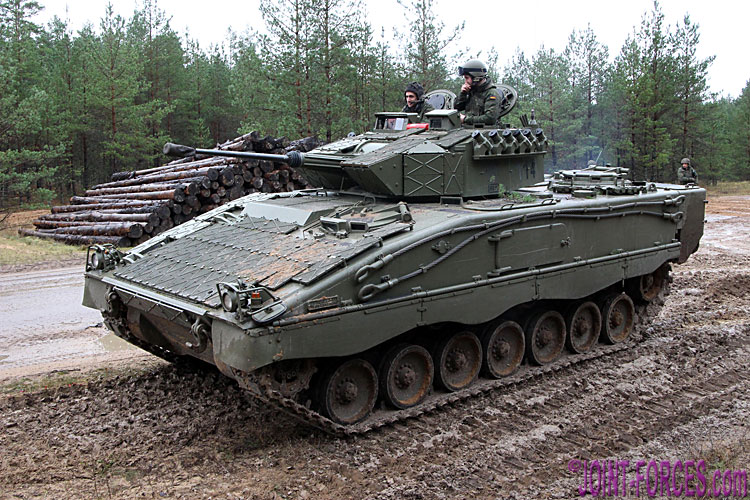
Spanish PIZARRO deployed with the NATO eFP mission in Latvia photographed in late 2017 – note the surface of the appliqué armour panels [©BM]


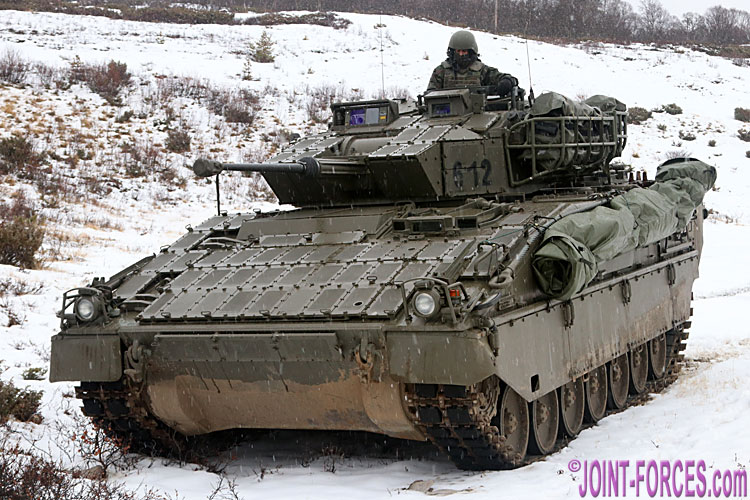
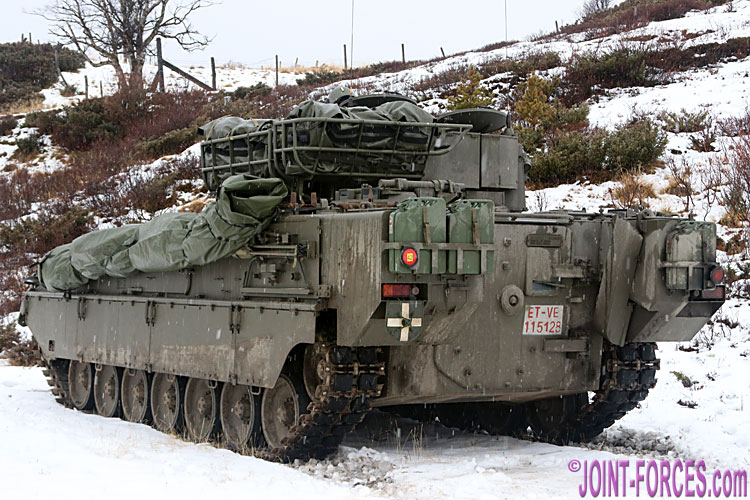
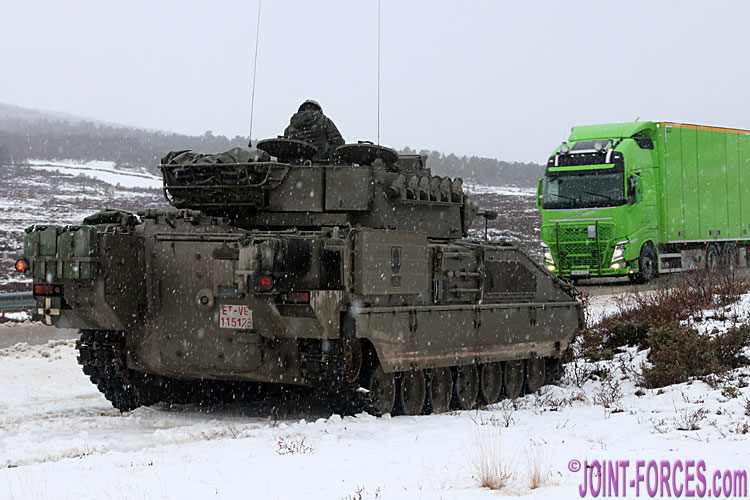
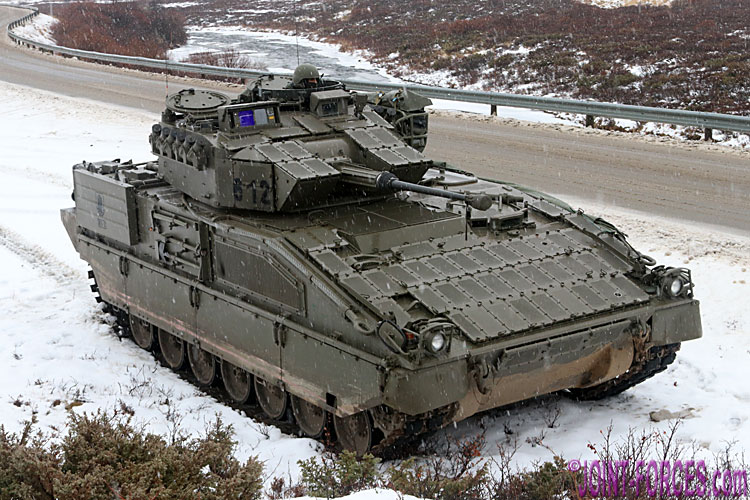
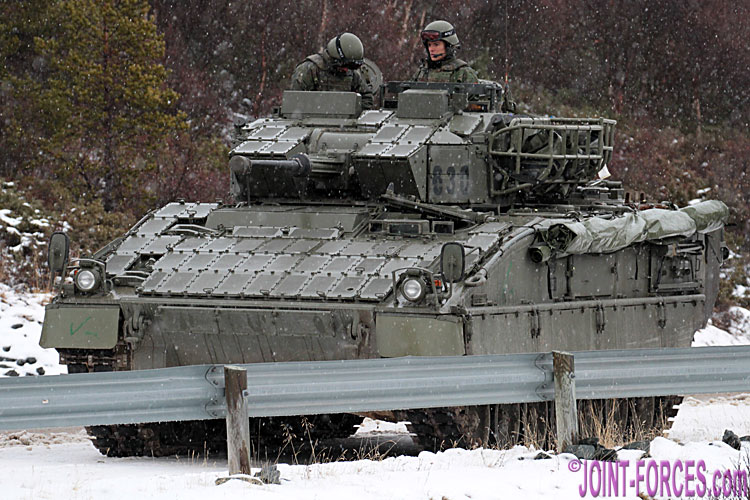
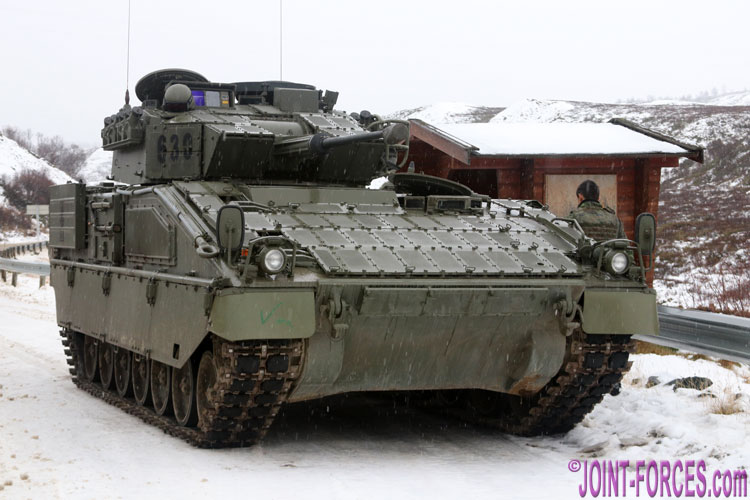
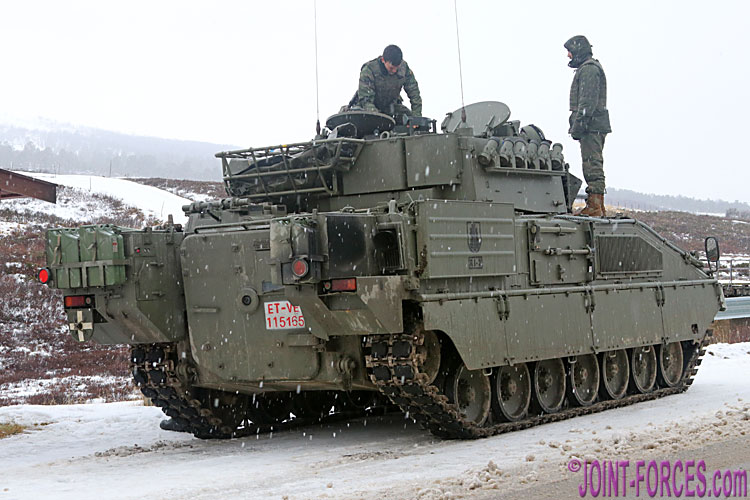


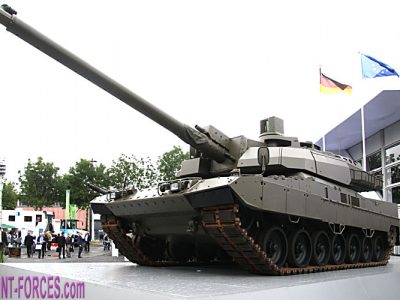
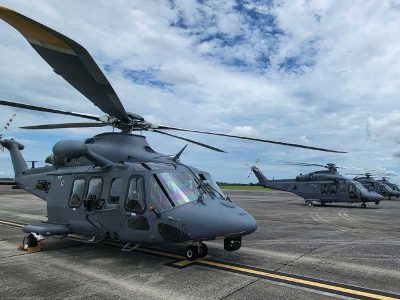
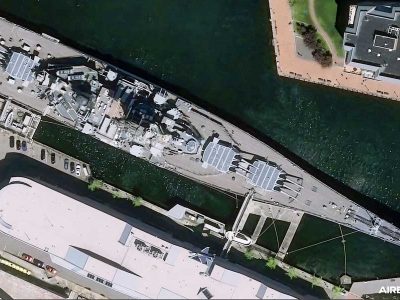
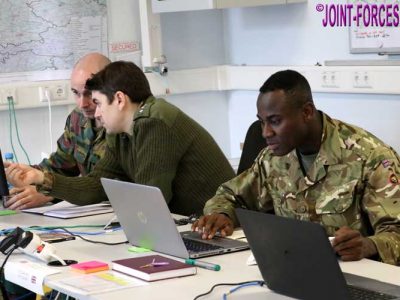












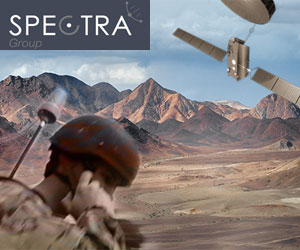

Pingback : My Steel House ~ Life In A PIZARRO - Joint Forces News